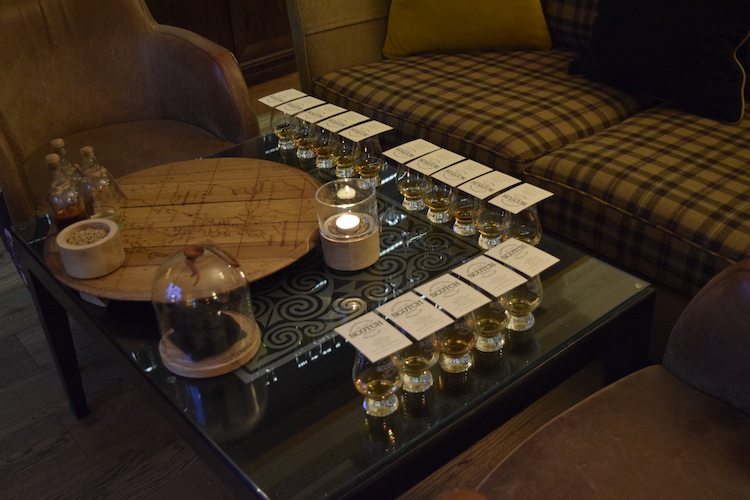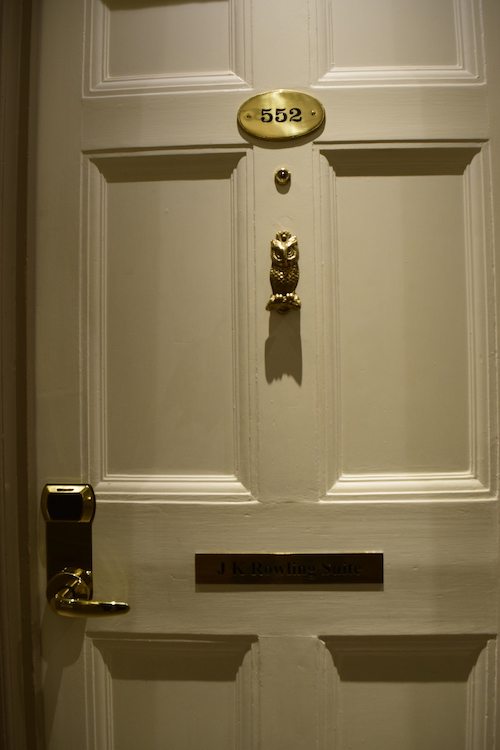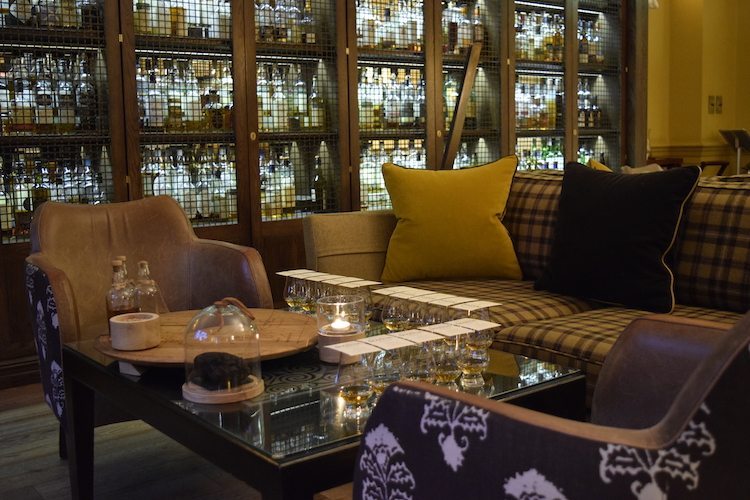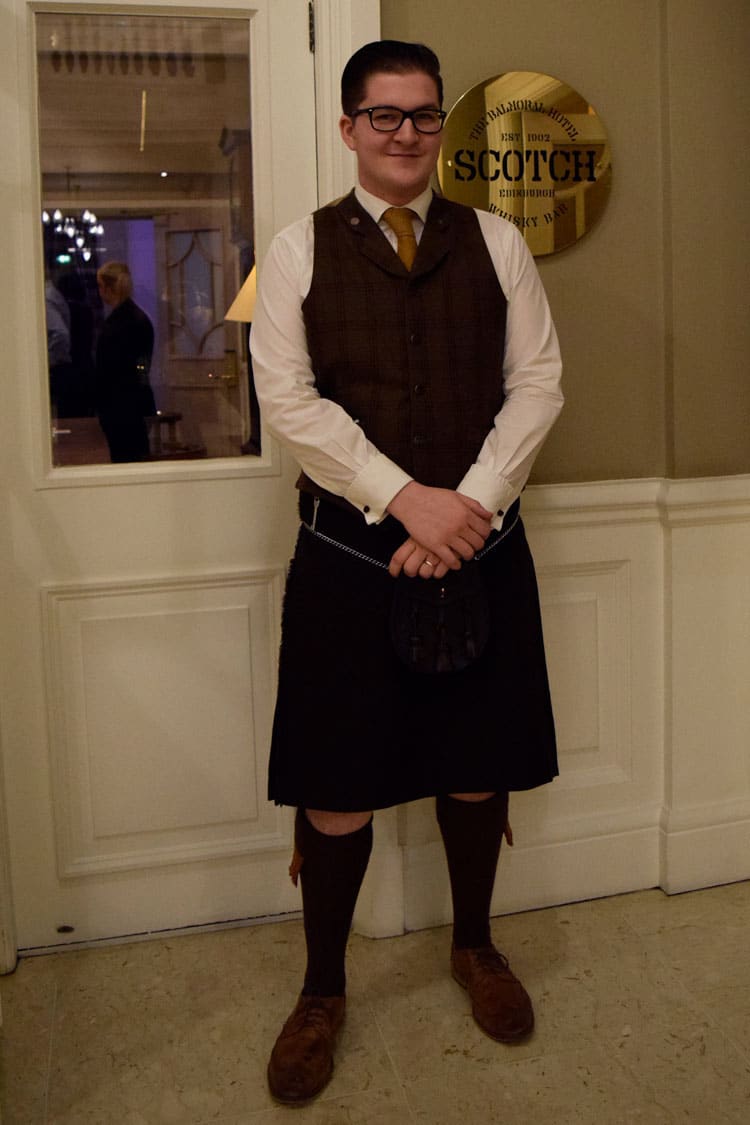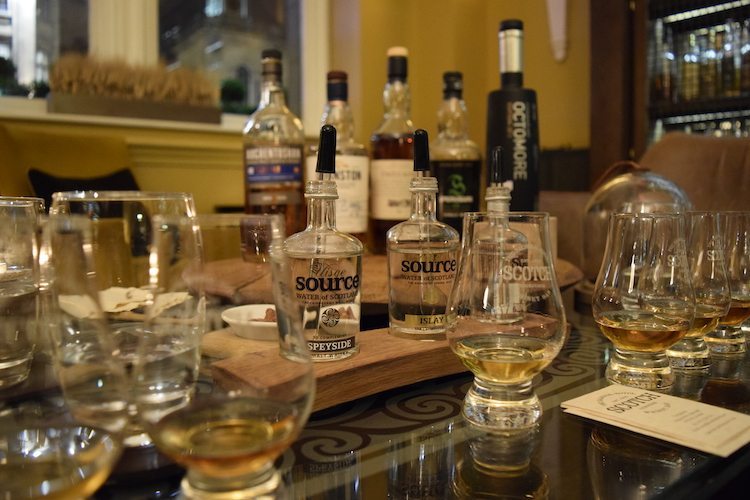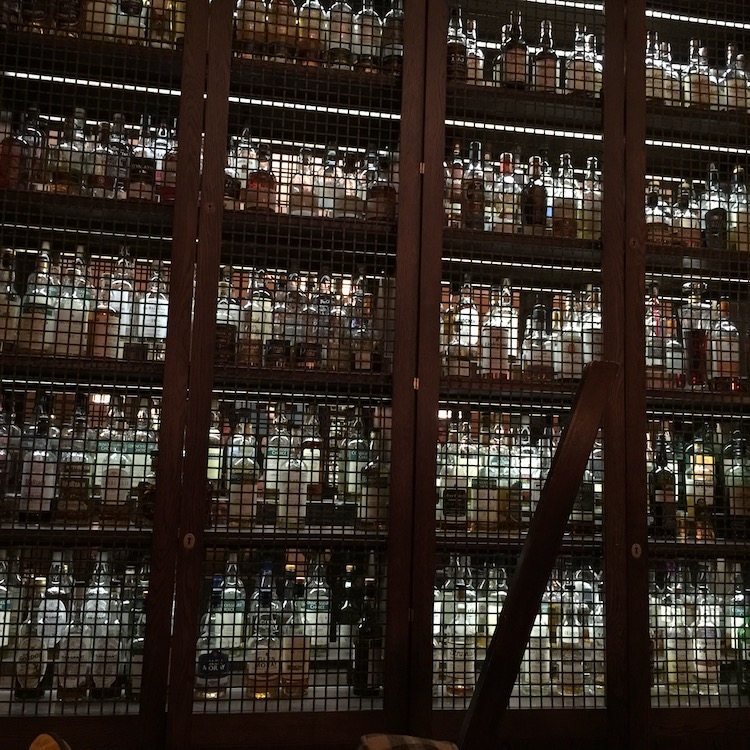When in Edinburgh: Scotch Tasting at The Balmoral Hotel
I subscribe to the “When in Rome…” approach to travel. Why go to Memphis if you’re not going to eat BBQ and sample late night blues, right? So, when planning a trip to Scotland, I included an Edinburgh scotch tasting in my itinerary. Guided by an expert whisky ambassador, I learned about Scotland’s national drink at The Balmoral Hotel.
The Brown Liquor Challenge
My only prior encounter with scotch whiskey was during my initial week at my first job after graduating from college. My boss took me to lunch and, after we’d finished our meal, he asked if I wanted a Glenlivet. “Why not?” I responded, thinking he said “gelato.” An honest mistake. We had two. Each. And I returned to the office in need of a nap.
This was the ’80’s. Work lunches then weren’t too different from the ones on “Mad Men”.
Since we were traveling to Edinburgh, I figured I’d give scotch the old college try one more time. I was curious to learn about the history of its production. That’s why I can’t wait to visit Napa for the wine and Kentucky to tour the bourbon trail. Locals love their home brew and enjoy sharing their passion with guests.
Edinburgh Scotch Tasting at The Balmoral Hotel
We were staying at The Balmoral in Edinburgh, so we were steps away from our scotch tasting. The Balmoral is a luxury hotel located atop the city’s Waverly train station. It was convenient for touring the city and offered several treats for my daughter, who’s a huge Harry Potter fan. Author J.K. Rowling finished “Harry Potter and the Deathly Hallows” in one of the suites on the hotel’s 5th floor.
The Balmoral also has a bar dedicated to the national drink. We booked a bespoke whiskey tasting session as a bridge between our day’s sightseeing and dinner.
The bar was quiet when we entered and Fraser, the assistant manager, was finalizing our arrangements, so I had a chance to soak up the warm, clubby decor. The Balmoral is a Rocco Forte property and I was told that his sister Olga Polizzi was the decorator. I’m fairly certain I can’t afford to hire her, but I made mental notes for future HGTV-style home improvement projects.
When in Scotland
Fraser summoned us to our tasting table. In front of each of us were 5 glasses topped with cards, several bottles and a plate with almonds and chocolate. We snuggled into our couch and Fraser asked us if we drank whiskey. We shook our heads and I made a “I smell something bad” face. Someone I know once described the taste of scotch as “smokey cat urine.” Fraser had his work cut out for him.
We started our discussion with the basics. If you’re as ignorant as I am, fact number one is that scotch is a whisky. But, unlike other whiskies (bourbon, for example), real scotch can only be produced in Scotland and its production is tightly regulated, much like champagne, cognac or tequila. Scotch whisky is also referred to as single malt. If you’re familiar with whisky brands, Glenfiddich is single malt scotch whiskey; Johnny Walker is a blended whisky.
The earliest known production of scotch dates back to 1494 in Lindores Abbey near Fife with a commission from King James IV for a quantity of “aquavitae”, Latin for “water of life.” For some time, production was driven underground into moonshine operations similar to those in the U.S. during Prohibition as a way for distillers to avoid paying taxes. Today, single malt production is a major driver of the economy in Scotland, accounting for over $4 billion each year.
Bottoms Up!
We started our tasting tour of Scotland’s 5 production regions (Speyside, the Lowlands, the Highlands, Campbeltown and Islay) with the lightest whisky and progressed to the heaviest and peatiest. Peat is a natural energy source made from decomposing vegetable matter, as found in Scotland’s boggy landscape. Distilleries expose barley to burning peat during the malting process. The quality of the peat and the length of exposure influence the taste of the whisky.
I asked Fraser if scotch is best drunk before a meal or savored after. He said there’s always a time for scotch and handed us our first taster, a light “breakfast” scotch. We laughed, sniffed, tasted and winced. Fraser assured us that everyone’s first sip is the harshest.
But, to non-liquor drinkers, the second was also rough. Then Fraser added a few drops of water to our glasses. We resniffed (you can’t take long, indulgent snuffs like you do with wine or you’ll numb your nose), swallowed and miraculously, the whisky opened and was drinkable.
Or we’d gotten used to it.
That Warm, Fuzzy Feeling
We continued through the tasting, learning more about the individual distilleries and the aging process. Scotch has to be aged for at least 3 years in oak casks (American or European). Most are held in casks previously used to age bourbon or sherry, which lend their particular flavors to the whiskey.
The one flavor none of us cared for was peat. The final two whiskies tasted like we were licking the inside of a bbq. However, Deanston, a 12-year old, bourbon-cask aged scotch from the Highlands was a hit with all of us, so we made sure to buy a bottle for home.
My husband and daughter scurried back to our room to fetch their coats and Fraser headed back to the bar. I sunk deeper into the couch and cradled my glass. I was warm from stem to stern in a pleasant, glowy way. This feeling must have been why the first Scotch distiller made a second batch. And then a third. I owe him a thank you.

